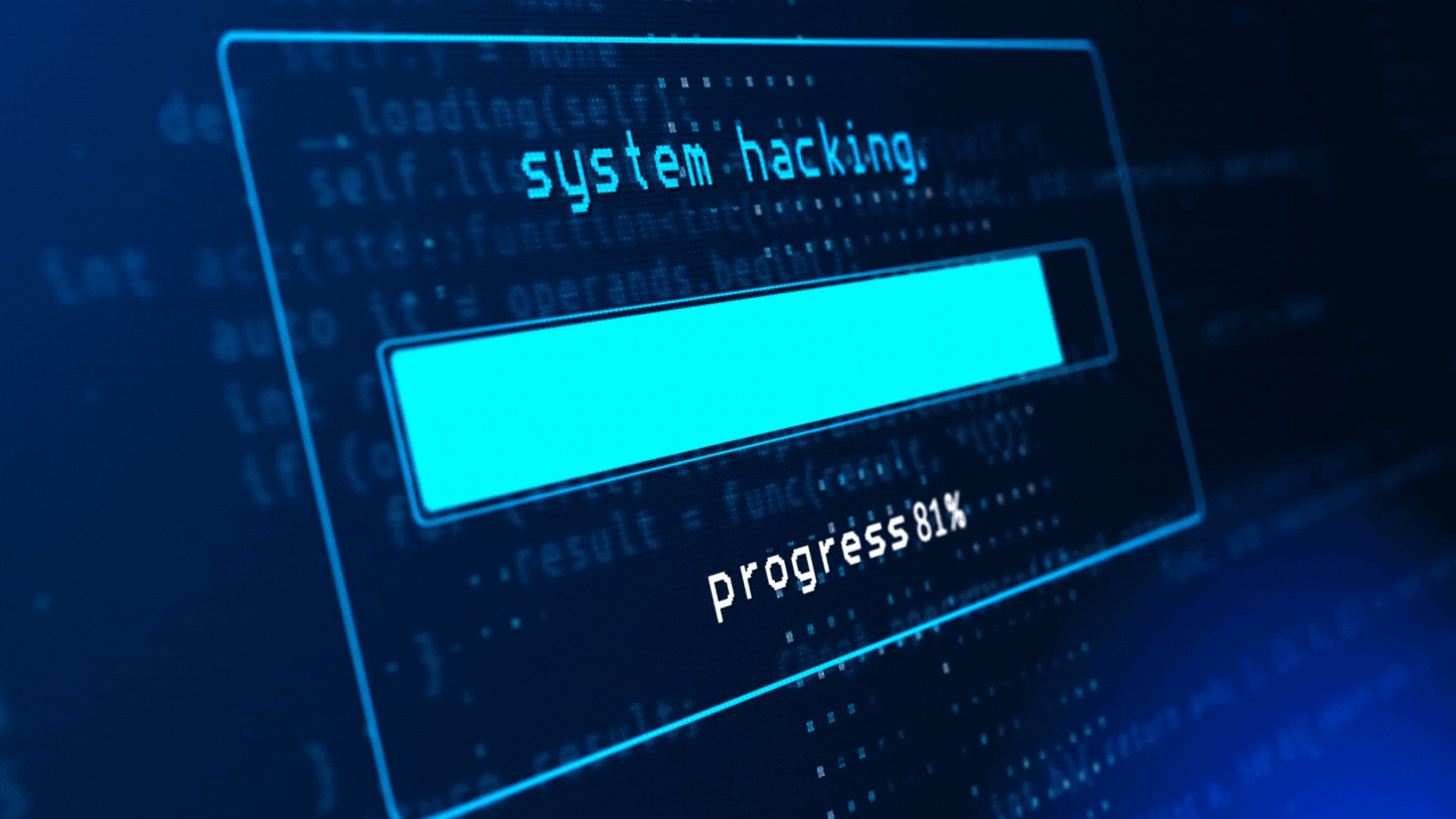Top 5 Types of Cyber Crimes
Cybercriminals are always looking for the slightest breach in your security... waiting for you to let your guard down as an opportunity for them to attack.
Cybercrimes include stealing valuable information and even identity theft. All of these crimes are committed using online devices such as a computer, networking device, or mobile phone. Any device that is connected to the internet one way or the other is vulnerable.
So what are the top types of cyber crime?
Phishing
Ransomware
Malware
Identity theft
Online scams
Keep reading to learn more about these crimes and possible ways to prevent them; via Scarlett Cybersecurity.
1. Phishing
Phishing is a type of attack where hackers might manipulate ordinary users. They will ask them to do something that the user will never do knowingly. Phishing attacks are done by sending emails and other attachments via electronic means. This might have malicious content present in it. It might be the email body or simply a URL. As soon as the user clicks on it, the virus loads itself onto their system. Then giving the hackers remote access to their computer system.
Via phishing emails, access to your personal information, financial accounts, and even your private data can be granted to hackers.
Protection against phishing
Users can protect themselves against phishing by thinking before they click anything. That includes never opening an email or clicking over a URL they are not entirely sure about. There might be a few signs that might trigger some content as being phished. These are grammar mistakes or the logos not appearing right. OR out of blue, some organization asking for your personal or financial information. On your network level, there is also web content filtering and DNS traffic security that can be installed.
2. Ransomware
Ransomware uses the same methodology as a phishing attack. Its main motive is to get access to the victim's computer. You might click a URL or open an email that you weren't supposed to, and boom, it would overtake your system. But the next few steps after infection are different.
As ransomware would encrypt each and every shred of data or files present on your hard drive. The program will then demand a ransom amount for the safe retrieval of all the data. OR for a passkey that can help you to offload the program from your system.
Prevention against ransomware
The best line of prevention is to exercise the same steps, as mentioned in the phishing attack. But just to be sure, you must also invest in data backup and recovery plans. Here you will be able to retrieve all of your data without having to pay even a single dime. It's best practice to create a few local and offsite backups on a regular basis.
3. Malware
Malware has become one of the biggest online threats there is. It is a broader type of cybercrime and can reach the victim's computer in various ways. These are phishing emails or through unwanted software they have managed to install on their system. It can target the user's personal and financial information by installing certain software. These can also be executable commands that give a hacker control of your computer.
Protection against malware
The best way to deal with it is to install anti-malware software that will regularly scan for it and prevent it. It will help to keep malware from installing on your system. Other than that, always verify your software source that you are about to install. Security updates must be regularly installed and should never be tampered with. Also don't ignore their importance.
4. Identity theft
Once someone has acquired your identity, supposedly a hacker, they can wreak all sorts of havoc on your life. And you don't even have the faintest idea how to stop them. They can alter or tamper with your financial assets. OR even lay claim to your assets! Stealing your savings, destroying your reputation, and many other bad things. All they will need to do is to get their hands on some of your verifiable information, like social security number, drivers license, etc. Using those, they can pose as you!
Protection against identity theft
The best way to dodge this bullet is to never reveal too much about yourself. Beware of giving information on social media sites and keep things personal. Never disclose any financial information in public. Always try to hide your credentials and other such information behind secured channels. Passwords protect all of your electronic devices and minimize unwanted attention.
5. Online Scams
Scams might not be the most persistent type of cybercrime, but they can be the most haphazard of them all. They don't happen too often, but when they present themselves, they have a sense of urgency attached. They might provide you with some enticing offer that you can get after sending them a fee or payment.
Of course, all of these offers are baseless, and the end result is always the same: you will end up losing money in the end.
Prevention against scams
The best prevention that you can take against scams is to be cautious of anything that sounds too good to be true. Steer clear of offers that promise you a big reward or heaps of cash at the end over a small fee. These campaigns are engineered to give you a fear of missing out, or will play on your greed.
ICYMI, we shared additional ways to become a digital defender of your own data here. In the days of interconnectivity, being cyber-smart is a necessity. Contact our team today to learn more about how you can stay ahead of cybercriminal activity.
Source: Scarlett Cybersecurity

